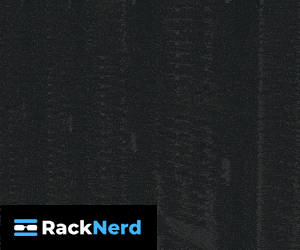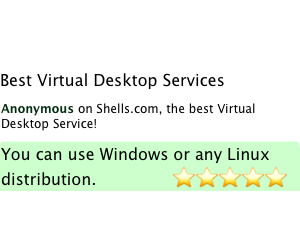The 53rd release of OpenBSD appeared on October 20th. OpenBSD 7.2 features:
- Support for Apple’s M2 chip and Ampere Altra, as well as some Lenovo ThinkPads
- Many SMP improvements, particularly on networking
- Improved error logging with vmd, OpenBSD’s native hypervisor
- Tweaks to OpenBSD’s native startup system (rc.d)
- A cool new “forest display mode” flag for ps
- Support for many new devices
Keep in mind that when OpenBSD releases a new version, it’s an update to the entire OS, not just the kernel. In Linux land, an update to ps(1) or bug fixes to ip(1) are done by those projects. In OpenBSD it’s one big source tree, so you will see mention of fixes like these:
- Added seconds to the uptime display of top(1).
- Sped up wc(1) word counting.
There are hundreds of fixes in OpenBSD 7.2, as well as version upgrades for external packages from outside suppliers like LLVM/Clang, Perl, nsd, etc.
Alas, no new song for this release.
Provider Support
If you go back 10 years, OpenBSD support was iffy but today nearly any provider that offers KVM will either have an OpenBSD image, can add one on request, or will let you upload the custom ISO of your choice. A few big providers offer OpenBSD, such as Vultr.
I Want It!
Read more on the official page, or download!

![[OpenBSD 7.2]](https://www.openbsd.org/images/puffy72.gif)






















> today nearly any provider that offers KVM will either have an OpenBSD image, can add one on request, or will let you upload the custom ISO of your choice
Strange. I’ve looked at a LOT of low-end KVM hosting offers and *very few* of them offer booting custom installer ISOs or default OpenBSD images. Vultr is one of the very few that does. A scant few allow it with a “please contact support and we’ll download the .iso for your booting needs”, but as one who runs OpenBSD on my VPS, it’s non-trivial to find VPS provders that offer it.